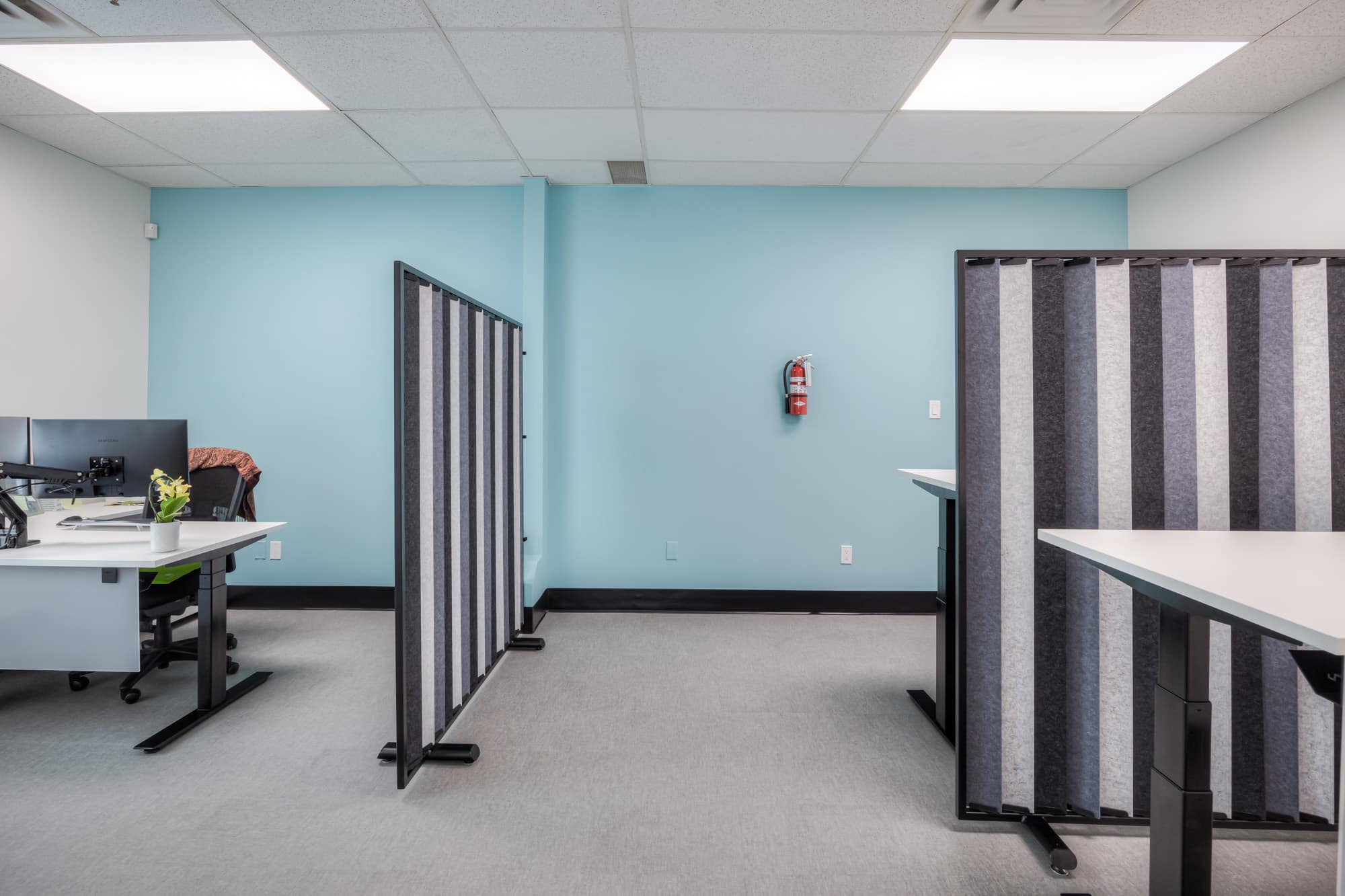The rise of the hybrid work model has ushered in a new era for the traditional office space. As organizations embrace the flexibility of remote work while acknowledging the benefits of in-person collaboration, the role of interior design becomes pivotal in creating workspaces that seamlessly accommodate both worlds. In this article, we will explore the dynamics of the hybrid work model and delve into how thoughtful interior design can foster a harmonious and productive balance between remote and in-office work.
Understanding the Hybrid Work Model
The hybrid work model combines the best of both worlds – allowing employees to split their time between working remotely and in the office. This flexible approach recognizes the changing landscape of work preferences, enabling organizations to enhance productivity, employee satisfaction, and work-life balance. To successfully implement the hybrid work model, interior design must adapt to create a workspace that caters to diverse needs and workstyles.
Flexible Workspace Design
One of the key considerations in adapting to the hybrid work model is the flexibility of workspace design. Traditional cubicles are giving way to open, multifunctional spaces that can be easily reconfigured to accommodate varying team sizes and project requirements. Modular furniture, movable partitions, and adaptable layouts ensure that the office can quickly transform to meet the demands of different work modes, promoting a dynamic and responsive environment.
Technology Integration
Seamless technology integration is a cornerstone of successful hybrid workspaces. Interior design should incorporate state-of-the-art audio-visual systems, video conferencing facilities, and collaborative platforms to bridge the gap between in-person and remote collaboration. This ensures that virtual team members feel as connected and engaged as those physically present in the office, fostering a sense of inclusivity.
Personalized Workstations
Recognizing the need for personalized workspaces, interior design should provide employees with the ability to customize their environment based on individual preferences and tasks. Ergonomic furniture, adjustable desks, and personalized storage solutions contribute to a comfortable and efficient workspace that supports focused individual work. The office becomes a place where employees can choose the setting that best suits their needs on a given day.
Collaboration Zones
Hybrid work models emphasize the importance of in-person collaboration for certain tasks. Designating specific areas within the office as collaboration zones encourages spontaneous interactions, brainstorming sessions, and team-building activities. These zones should be equipped with collaborative tools, comfortable seating, and inspiring design elements that foster creativity and innovation.
Employee Well-Being
The hybrid work model places a premium on employee well-being, acknowledging the challenges of remote work and the importance of maintaining a positive office culture. Interior design can contribute to well-being by incorporating elements such as biophilic design, natural lighting, and comfortable breakout areas. Creating spaces that support both focused work and relaxation enhances the overall employee experience and contributes to a healthier work-life balance.
Communication Hubs
Effective communication is crucial in a hybrid work environment. Designated communication hubs equipped with the latest technology and comfortable seating can serve as central points for team meetings, updates, and collaboration. This ensures that remote employees remain connected and informed, fostering a sense of unity and cohesion within the organization.
The hybrid work model is reshaping the way we perceive and design office spaces. A successful implementation requires a strategic approach to interior design that prioritizes flexibility, technology integration, and employee well-being. By creating a dynamic and adaptable workspace, organizations can navigate the complexities of the hybrid work model, fostering a culture of innovation, collaboration, and employee satisfaction that defines the future of work.

